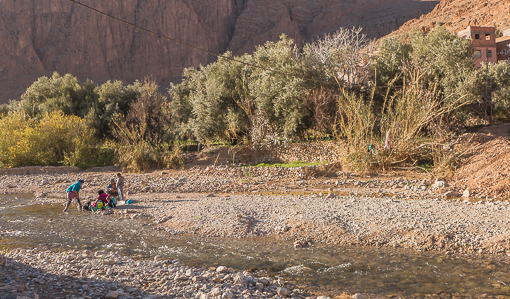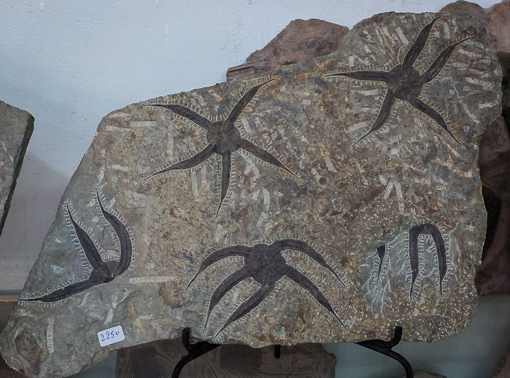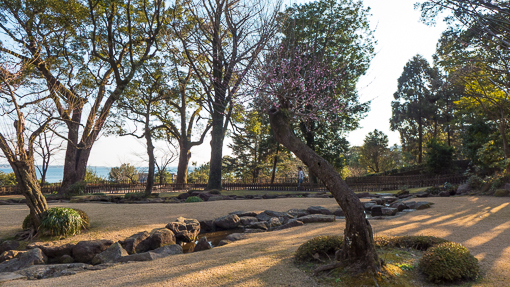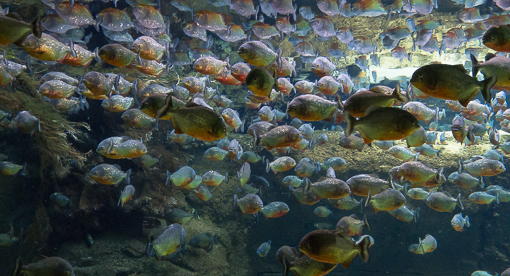Continuing with our story about mountains and …
We woke up at six something and hurried out of the hotel to see the sunrise. Thankfully, the fog had dissipated overnight and the sky above us was clear.

Since Hotel Bellevue was already at the top, it was technically unnecessary to climb higher to see sunrise. But we followed the hotel’s suggestion to get atop of Esel (Donkey) at 2,118 m [6,949 ft] – the second highest point of the entire Pilatus range, just east of our hotel.

It took us about 15 minutes to reach the peak of Esel – we practically ran up the steps as we were a bit worried about missing the moment when the sun appears above the horizon.

Gasping for air which had no moisture at that altitude, we were dying of thirst by the time we reached the top. There were about 10-15 people at the Esel summit which was walled-in and crowned by an iron triangulation cross. The crowd’s sense of anticipation was at a level usually met at a concert performance, and yet sunrise is a daily thing that we all take it for granted.

At 6:56 am, an orange disc emerged from the horizon and rose above the distant mountain ranges. Dawn !
The peaks of the surrounding mountains were first to reflect the warm glow. The view of Lake Lucerne and the city of Lucerne below, visible between gaps in the clouds was spectacular, as was the view southward to the Alps.

There is no word to describe the beauty of the moment and the uplifting of spirit as the rays lit up our faces and the vast expanse above and around us.

Rise and shine. As the sun crept up from the horizon, long sharp shadows were cast across the two hotels and the terrace. We hung around to take pictures and videos along with a small crowd of now excited and satisfied spectators.

On our way down from Esel, we saw a wild mountain goat, also known as an ibex, the kind that is famed for perching on cliffs and jumping off mountainside. It caught us by surprise.

This animal was a baby as its horns were small. In adults, the horns are huge, curved and menacing. Check the photos on the internet. The species was seriously endangered in the Alps until the 1820’s when ibex hunting was banned by the dukes of Savoy in Grand Paradiso (a national park in the Italian Alps). Now they are not so rare in these parts.

Apart from the aerial cable car that we used, there is a second form of transport to get up to Pilatus-Kulm – the cogwheel train. This feat of engineering was commissioned in 1889, having a gradient of up to 48 percent that is the steepest cogwheel railway in the world. From Alpnachstad, it takes about 30 minutes travel time.

When we came down from Esel, the first cable car and cogwheel train had not yet started. So we pretty much had the terrace, any sunning chair, telescope and all the viewpoints and trails to ourselves (and a few overnight guests).
I(Chris) decided to explore the “Dragon Trail” which wraps around the mountain behind Hotel Pilatus-Kulm and includes a series of short tunnels cut into a side of the mountain. Windows were created to provide a better vantage point for the view of Lucerne and central Switzerland.

While it was not cloudy at 2000-plus meter, it would appeared to be a cloudy morning for someone below. We could see a bed of cloud slowly creeping across the woodlands and pastures at lower altitude.

Klimsenhorn Chapel (Klimsenkapelle) at 1,864 m and its crucifix present a set of distant but stunning subjects in the scenery. The neo-Gothic building was inaugurated in 1861 and originally belonged to the Hotel Klimsenhorn, which was demolished in 1967.

The chapel remained and is now preserved by a foundation. It was last renovated in 2004. A trail visibly leads up to the crucifix. Just imagine the inspiring, spiritual sight as you walk up to it.

The Dragon Trail afforded different views from the other side of the mountain behind Hotel Pilatus-Kulm. Being the only one on the Trail, I really appreciated the sense of solitude.

Towards the end of the 10-minute walk, the paved Dragon Trail became a series of steps with switchbacks, culminating in a nearly-vertical climb though a hole. A surprising view greeted me as I emerged near the top of Oberhaupt – the other peak that is accessible directly from the terrace.

Oberhaupt (Head-Leader, 2,105 m [6,906 ft]) is located west of Hotel Pilates-Kulm. I was really glad that there were no masses of tourists on the narrow path.

The peak of Oberhaupt is closed to the public due to the communication installations. At that altitude, there were no trees only shrubs.

Following a paved path and stairs, I came back down to the terrace next to the hotel, effectively completing a circuit. As there were hardly any one around, it was tempting to do a quick hike on an easy trail to the third and tallest peak – Tomlishorn – which is 20 minutes away.

Instead, I joined Sue for a nice buffet breakfast at the Queen Victoria. After all, with a healthy dose of fresh mountain air, we were very thirsty and hungry by that time.

When we were checking out of the hotel, only a few fluffy clouds remained and the city of Lucerne 1700 meters (5500 feet) below us was visible from our window ! This kind of view of the ground is usually possible only from an airplane.
Click here to see the hotel, cable car and gondola in part 1.
We had a really memorable overnight stay.









































































































 It was very pretty here.
It was very pretty here.



























































































 There is also a small airfield here. The fields of yellow flowers must be quite a sight from above.
There is also a small airfield here. The fields of yellow flowers must be quite a sight from above. 














































































 .
.




